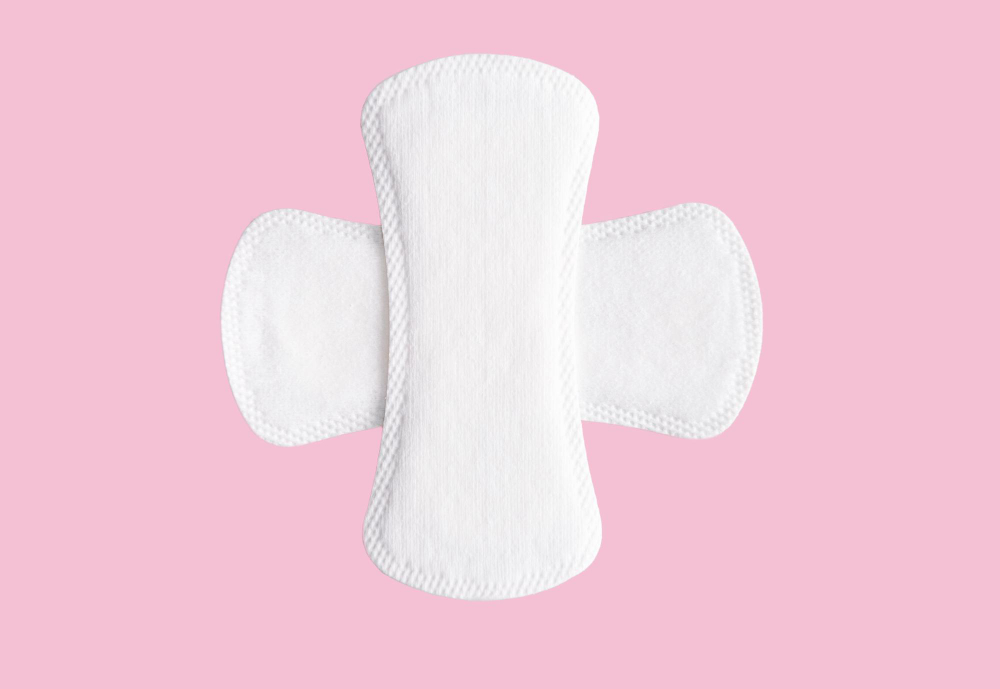
Sanitary napkins are one of the important health products for women during menstruation. Usually, there are several types of pads, such as daytime pads and nighttime pads. It turns out that the types of pads are not only different from their functions, but also from the absorbent materials used. Such as gel pads and non-gel pads. For those who don't know the difference between gel and non-gel pads, let's discuss the following.
Sanitary napkins are one of the important products in maintaining hygiene and comfort during menstruation. However, not all sanitary napkins have the same material and technology. In general, sanitary pads are divided into two types based on their absorbent material: gel sanitary pads and non-gel sanitary pads.
Gel sanitary pads are a type of sanitary pad that uses gel material as its absorbent core. This gel material usually comes from Super Absorbent Polymer (SAP), which is able to absorb liquid very effectively and turn it into gel. This technology makes the sanitary pads thinner, lighter, and highly absorbent, thus retaining more liquid and keeping the surface dry.
Non-gel pads, on the other hand, are pads that use cotton or natural fibers as their main absorbent. These pads do not use gel technology to absorb liquid, so they are usually thicker and have less absorbency than gel pads. However, non-gel pads tend to be softer and kinder to sensitive skin as the absorbent material is more natural.
The most noticeable difference between gel and non-gel sanitary pads lies in the absorbent material used. In addition, these two types of pads also have other differences including:
Gel Pads: Uses Super Absorbent Polymer (SAP), a gel-shaped absorbent material that can absorb large amounts of liquid and turn it into a gel. This technology makes the pads thinner but very effective in absorbing liquid.
Non-Gel Pads: Uses absorbent materials such as cotton or natural fibers. These materials do not turn liquid into gel, so the pads tend to be thicker.
Gel Pads: Highly absorbent, so they can hold more fluid and keep the surface dry. Ideal for prolonged use or during heavy menstrual flow.
Non-Gel Pads: Lower absorbency than gel pads, so they need to be changed more frequently especially when the menstrual flow is heavy.
Gel Pads: Thinner and lighter, providing better comfort during use. Doesn't feel bulky and easier to use during activities.
Non-Gel pads: Usually thicker as they use cotton or natural fibers. Although softer, these pads can feel more bulky and less comfortable when used for long periods of time.
Gel pads: Usually more expensive due to the SAP technology used. These pads are often not environmentally friendly due to the absorbent chemicals that are difficult to break down.
Non-Gel Pads: More affordable and more environmentally friendly because they use natural materials that are more biodegradable.
That's the difference between gel and non-gel sanitary napkins. Choosing between gel and non-gel pads depends on your needs, comfort, and skin sensitivity. (Aq/LDS)